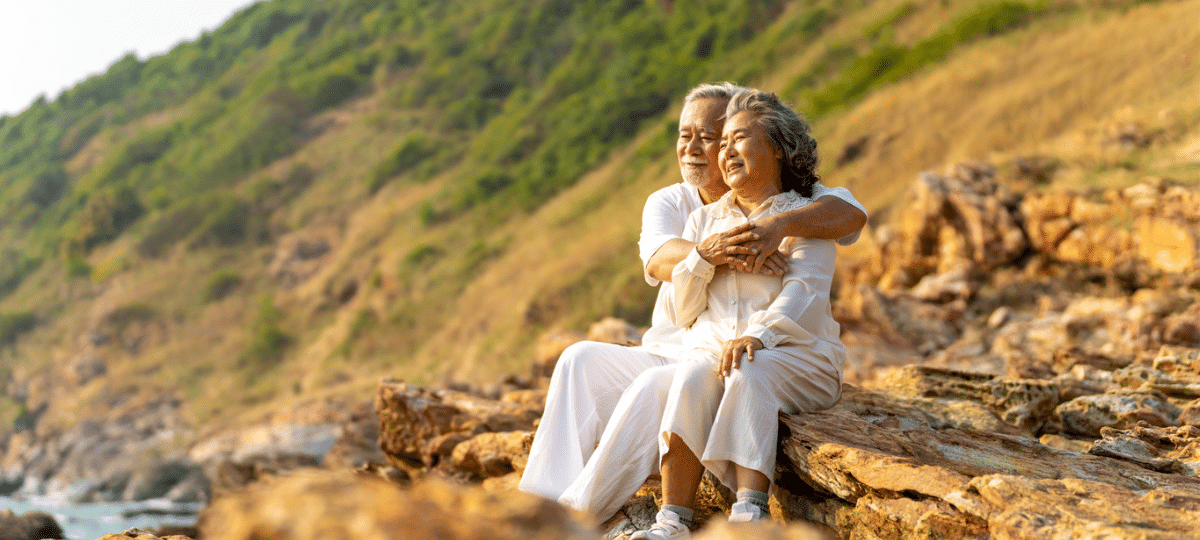Just because you don’t see ageism doesn’t mean it isn’t there. Ageism can show up in many ways. Everything from being denied a job because you are deemed to be too old to being talked to as if you are hard of hearing or simple.
The stigma of ageism is getting better because older adults are doing things that a generation before them never did. However, it’s not gone completely and that’s where the work starts.
Recognizing Ageism
The first step to getting on top of ageism is to realize it is happening. It could be happening to you, to your loved one, or to a perfect stranger. Ageism can include jokes, being talked down to, or simply being ignored.
Someone referring to you as granddad, Deary, geezer, or other names that are meant to be playful can be hurtful. Sometimes people use these terms without even realizing they are. Often, these terms and names they use are something they learned at home and people simply don’t know that they may be hurtful to hear.
Speak Out
In today’s culture, where the call for inclusivity and respect is gaining momentum, it’s imperative to actively challenge ageist beliefs. By tactfully but firmly confronting ageist remarks and behaviors, we can spark reflection and promote understanding.
Engaging in open and constructive dialogue offers an opportunity to educate others about the significance of treating individuals of all ages with respect and dignity. It’s a chance to assert boundaries and advocate for fair treatment without resorting to hostility or aggression.
Connect with Other Generations
Enjoy your interests with a group of diverse age groups. If you belong to groups or clubs, find one that has people of all ages. This is very helpful for all people of all ages.
If you only hang out with people your age, you are missing out. Every generation has questions and insights that they can add. It’s the best way to bridge the gaps between generations.
Even within your own family, you can find support and help. Younger generations may want your bread recipe and an older person may want to get educated on all things technical.
Stay Active
Keeping active is the best way to let you and everyone know that you are still going strong. Active doesn’t need to mean running a marathon. It means helping out with your friends and family.
It means joining in with activities in your community, keeping in touch with people, and enjoying your hobbies and interests with the same passion you always have.
It can also mean discovering new interests. This is a great way to meet up with like-minded people of all ages. Painting, photography, cooking, dance class, yoga, or anything else you have always been curious about but have yet to try.
Staying active is the best way for our mind and body to stay fit and healthy. When you stop engaging with people or activities, you can start to shut down and depression will not be far behind.
Stay Independent
Doing things for yourself is a great way to maintain your independence. There is a stigma of helping older people with things simply because they are older. While support may be necessary at times, older individuals should be empowered to navigate their lives autonomously.
If you have medical concerns or are concerned about falling, you may want to consider investing in a medical alert system. This gives you the freedom to live independently and still have fast access to help that the press of a button should you need it.
The Privilege of Aging
Aging is a privilege denied to many, and it should be celebrated rather than stigmatized. By challenging ageism, fostering intergenerational connections, and embracing active and independent lifestyles, we can create a society that values individuals of all ages. Let’s strive to build a future where age is seen as a testament to wisdom and experience rather than a barrier to respect and opportunity.

